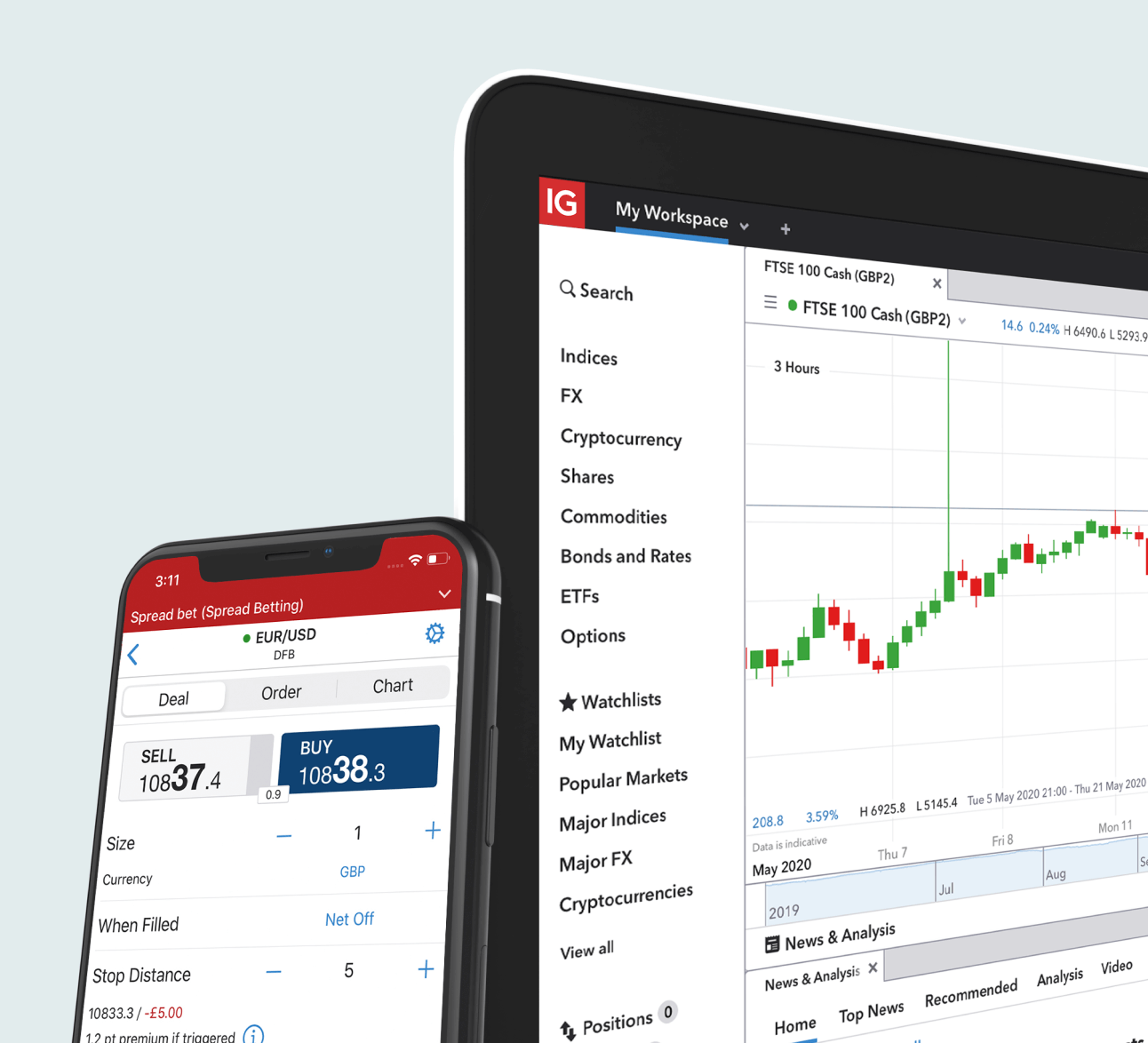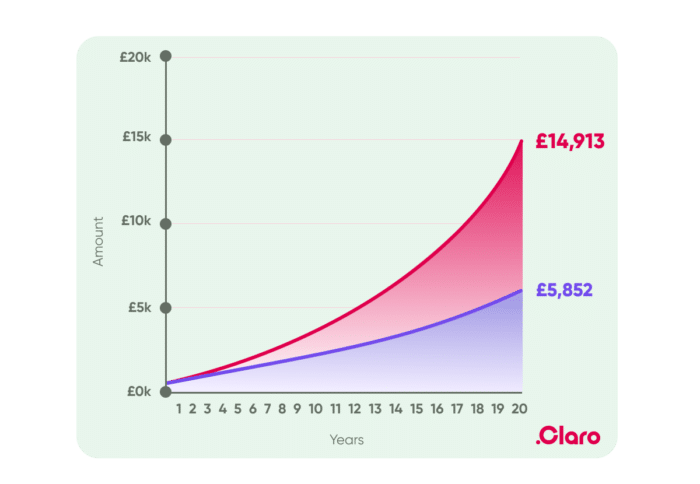
There are many ways you can invest small amounts of cash. One way to invest small amounts of money is to open a high return savings account or in penny stocks. Or you can use peer-to-peer lending. There are even apps that make investing easy. Investing can be fun and rewarding regardless of what method you use.
Investing in stocks
One of the best ways to start building a portfolio is to invest small amounts of money in stocks. Small amounts of money are a great way to start building a portfolio and increase your profit margins. You should invest in as many stocks as possible to get maximum returns. You can start with index funds, which are low-cost ways to invest in the stock market. Individual stocks can also be invested based on their potential long-term growth.

Investing in high-yield savings accounts
High-yield savings accounts are a great option if you only have a little money to invest. These accounts pay a higher annual interest rate than standard savings accounts. This makes it easier to build your savings and achieve short-term goals. They do have some drawbacks.
Investing in peer-to-peer lending
Peer to peer lending can make a great investment. These investments can provide an annual return of 7 to 11 percent, which is comparable or higher than traditional savings accounts. But there are many risks and you should research the platform providers before investing any funds.
Investing in penny stocks
The first step in investing penny stocks is to decide your risk tolerance. Penny stock are volatile and can quickly lose value. It is best to only invest a small amount at a given time. You must also be able to afford to lose the whole amount. Stocks that are less than $1 a piece and can earn you a lot of cash if you have them for a time. You can also buy thousands of shares with a small investment in penny stocks. Moreover, these stocks can make you a big percentage return.
Investing in self-help books
Self-help books are a great way to invest in your personal growth on a smaller budget. You can get them online or at your local bookstore. To learn more about a particular topic, you can consult them and find out if they can help your achieve your goals. A great option is continuing education classes. But if you don’t require them for work you can still take them as a personal interest.

Investing individually in retirement accounts
If you do not have a company-sponsored 401(k) plan, you can invest small amounts of money in an individual retirement account (IRA). There are two types IRAs: the traditional and the Roth. The primary difference between the two is whether you want to pay taxes on the money now or later. An annuity can be used to invest part of your 401(k). This will provide you with a steady stream of income throughout retirement.
FAQ
How long will it take to become financially self-sufficient?
It depends on many variables. Some people can become financially independent within a few months. Others may take years to reach this point. But no matter how long it takes, there is always a point where you can say, "I am financially free."
It's important to keep working towards this goal until you reach it.
At what age should you start investing?
On average, a person will save $2,000 per annum for retirement. However, if you start saving early, you'll have enough money for a comfortable retirement. Start saving early to ensure you have enough cash when you retire.
You need to save as much as possible while you're working -- and then continue saving after you stop working.
The sooner you start, you will achieve your goals quicker.
You should save 10% for every bonus and paycheck. You can also invest in employer-based plans such as 401(k).
Make sure to contribute at least enough to cover your current expenses. After that you can increase the amount of your contribution.
What are the best investments to help my money grow?
You should have an idea about what you plan to do with the money. What are you going to do with the money?
It is important to generate income from multiple sources. You can always find another source of income if one fails.
Money doesn't just come into your life by magic. It takes planning and hardwork. To reap the rewards of your hard work and planning, you need to plan ahead.
What are the different types of investments?
The main four types of investment include equity, cash and real estate.
It is a contractual obligation to repay the money later. It is commonly used to finance large projects, such building houses or factories. Equity can be defined as the purchase of shares in a business. Real estate is when you own land and buildings. Cash is the money you have right now.
When you invest in stocks, bonds, mutual funds, or other securities, you become part owner of the business. You share in the profits and losses.
Statistics
- An important note to remember is that a bond may only net you a 3% return on your money over multiple years. (ruleoneinvesting.com)
- Over time, the index has returned about 10 percent annually. (bankrate.com)
- 0.25% management fee $0 $500 Free career counseling plus loan discounts with a qualifying deposit Up to 1 year of free management with a qualifying deposit Get a $50 customer bonus when you fund your first taxable Investment Account (nerdwallet.com)
- Some traders typically risk 2-5% of their capital based on any particular trade. (investopedia.com)
External Links
How To
How to Properly Save Money To Retire Early
Retirement planning is when your finances are set up to enable you to live comfortably once you have retired. It's the process of planning how much money you want saved for retirement at age 65. Also, you should consider how much money you plan to spend in retirement. This includes hobbies and travel.
It's not necessary to do everything by yourself. A variety of financial professionals can help you decide which type of savings strategy is right for you. They'll look at your current situation, goals, and any unique circumstances that may affect your ability to reach those goals.
There are two types of retirement plans. Traditional and Roth. Roth plans allow for you to save post-tax money, while traditional retirement plans rely on pre-tax dollars. You can choose to pay higher taxes now or lower later.
Traditional Retirement Plans
A traditional IRA lets you contribute pretax income to the plan. You can contribute up to 59 1/2 years if you are younger than 50. You can withdraw funds after that if you wish to continue contributing. After turning 70 1/2, the account is closed to you.
You might be eligible for a retirement pension if you have already begun saving. These pensions are dependent on where you work. Many employers offer matching programs where employees contribute dollar for dollar. Some offer defined benefits plans that guarantee monthly payments.
Roth Retirement Plans
Roth IRAs do not require you to pay taxes prior to putting money in. Once you reach retirement age, earnings can be withdrawn tax-free. There are however some restrictions. For example, you cannot take withdrawals for medical expenses.
Another type of retirement plan is called a 401(k) plan. These benefits are often provided by employers through payroll deductions. Extra benefits for employees include employer match programs and payroll deductions.
401(k) Plans
Most employers offer 401(k), which are plans that allow you to save money. They allow you to put money into an account managed and maintained by your company. Your employer will contribute a certain percentage of each paycheck.
You can choose how your money gets distributed at retirement. Your money grows over time. Many people decide to withdraw their entire amount at once. Others may spread their distributions over their life.
You can also open other savings accounts
Some companies offer different types of savings account. TD Ameritrade has a ShareBuilder Account. You can use this account to invest in stocks and ETFs as well as mutual funds. Plus, you can earn interest on all balances.
Ally Bank offers a MySavings Account. Through this account, you can deposit cash, checks, debit cards, and credit cards. This account allows you to transfer money between accounts, or add money from external sources.
What To Do Next
Once you are clear about which type of savings plan you prefer, it is time to start investing. Find a reputable investment company first. Ask family and friends about their experiences with the firms they recommend. Also, check online reviews for information on companies.
Next, calculate how much money you should save. This step involves determining your net worth. Your net worth includes assets such your home, investments, or retirement accounts. Net worth also includes liabilities such as loans owed to lenders.
Once you know how much money you have, divide that number by 25. That number represents the amount you need to save every month from achieving your goal.
For example, let's say your net worth totals $100,000. If you want to retire when age 65, you will need to save $4,000 every year.